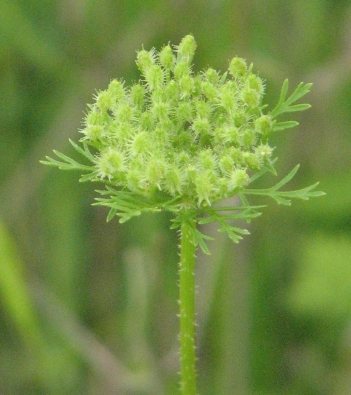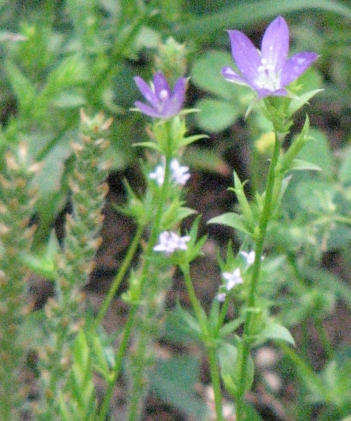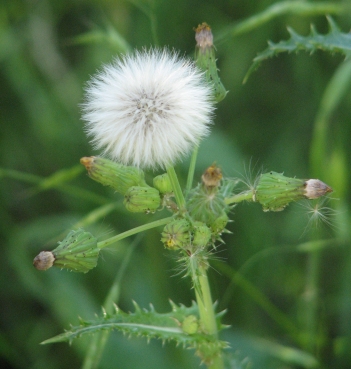Bluet; Rose Bluet Hustonia rosea (Hedyotis rosea). A tiny, early blooming plant common in lawns, or spaces where vegetation suffers winter die back. The entire plant grows no more than 2” high, each stalk bearing a single, upright, cup-shaped flower with four petals ranging from bright blue to pale lavender to white. Each flower appears to have a yellow cross in the middle, where the stamen form. The tiny, rounded leaves, born in opposite pairs along thin stems, are slightly succulent, and lacking petioles, clasp the soft stems. the weakly upright, weakly branching stems loosely grow between stems of dormant grass. New buds emerge from the crown of the plant as it grows. Lawns (Not in Book) 2/12/19 – ; 2/18/20 – 3/22/20;

Note; light blue, four petal flowers born singly on very short stems

























